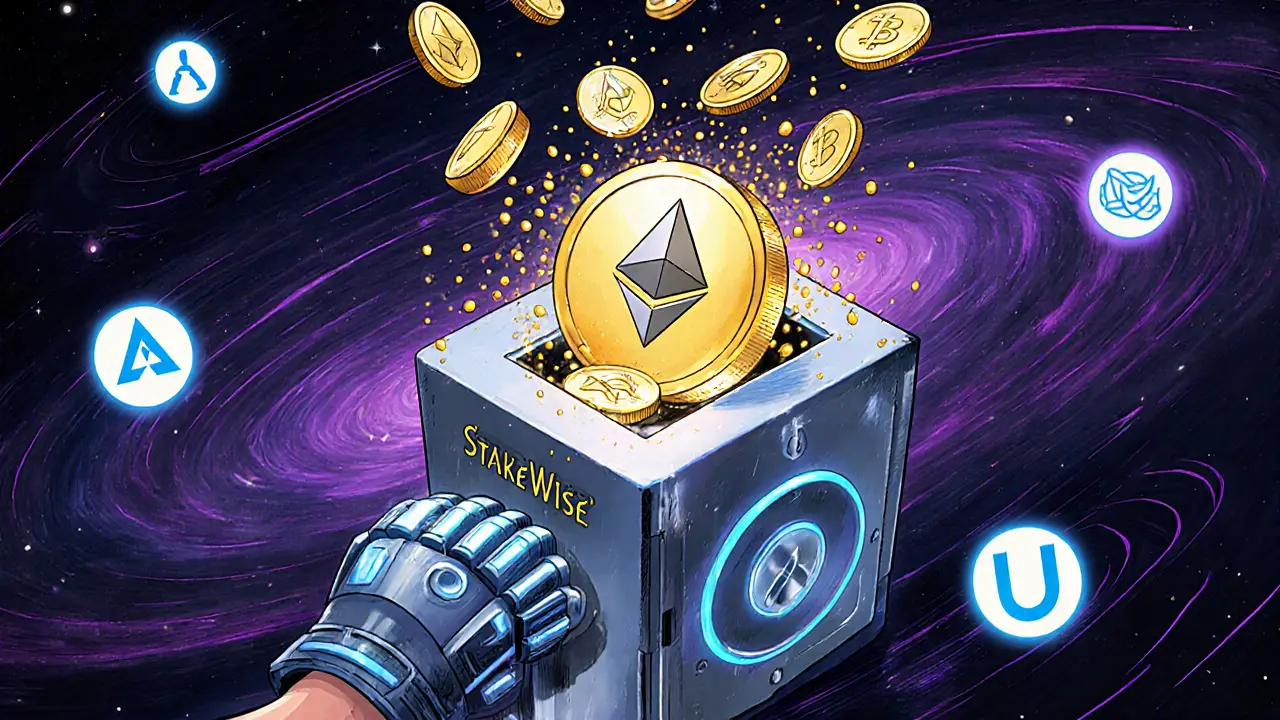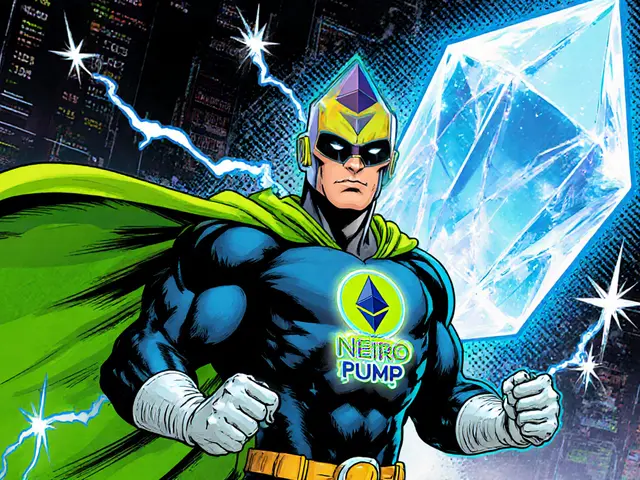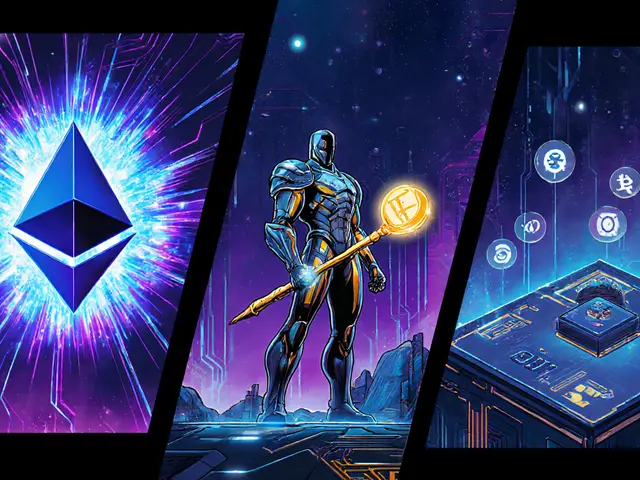Ethereum Staking: Basics, Risks, and Strategies
When working with Ethereum staking, the process of locking up ETH to help secure the Ethereum network and earn rewards. Also known as ETH staking, it plays a crucial role in the transition to a proof‑of‑stake blockchain. In simple terms, you hand over a chunk of your ether, keep it online, and let the protocol pick you to validate blocks. The more you stake, the higher the chance you’ll be chosen, and the more rewards you’ll collect. This model replaces the old mining race with a system that’s cheaper, greener, and theoretically more decentralized.
Key Concepts to Know
At the heart of the system is Proof of Stake, a consensus method where the right to create the next block depends on the amount of cryptocurrency a participant locks up. That means the network trusts validators who have something at stake, rather than trusting hash‑power. Validators, nodes that propose and attest to blocks in exchange for rewards are the active players. They run the software, stay online 24/7, and follow protocol rules. If they do, they earn staking rewards, periodic ETH payouts that reflect transaction fees and newly issued ETH. The reward rate fluctuates with the total amount staked, so timing can matter.
But staking isn’t a free‑lunch. The protocol enforces slashing, a penalty that destroys a portion of a validator’s stake if they act maliciously or go offline for too long. Slashing protects the network by making bad behavior financially painful. It also creates a risk management layer for anyone thinking about running their own validator: you need reliable hardware, backup power, and good monitoring. Many users avoid these hassles by opting for liquid staking services, which issue tokens that represent your staked ETH while keeping it tradable.
Liquid staking bridges the gap between security and flexibility. When you lock ETH with a provider, you receive a derivative token (often called stETH, rETH, or similar) that tracks the value of your stake plus accrued rewards. You can swap, lend, or use that token in DeFi while still earning the underlying staking returns. This approach removes the Ethereum staking liquidity lock, but it adds a layer of counterparty risk. Choose reputable providers, check their audit reports, and understand the fee structure before you dive in.
Another practical angle is the choice between solo staking and pooled staking. Solo staking requires at least 32 ETH, a validator key, and ongoing operational upkeep. Pooled staking lets you contribute any amount, and the pool operator aggregates the stakes to meet the 32 ETH threshold. Pools often charge a small commission, but they handle everything from key management to uptime monitoring. The trade‑off is less control and the need to trust the pool’s smart contracts.
Beyond the basics, there are strategic considerations that seasoned stakers keep in mind. One is the timing of deposits: when the overall participation rate is low, rewards per ETH tend to be higher. Another is diversification across multiple providers to spread risk. Some users also experiment with “re‑staking” the derivative tokens in other protocols to stack yields, though that can compound risk. Always model the net APY after fees, slashing probability, and market volatility before committing large sums.
Finally, keep an eye on the broader Ethereum roadmap. Upgrades like Shanghai and upcoming consensus improvements can tweak reward formulas, introduce new withdrawal mechanisms, or change the economics of staking entirely. Staying informed helps you adjust your strategy before a protocol shift reduces returns or introduces new opportunities.
Below you’ll find a curated collection of articles that dive deeper into each of these topics— from detailed guides on setting up a validator, to comparisons of liquid staking providers, to the latest news on Ethereum network upgrades. Whether you’re a beginner curious about the basics or an experienced validator looking for advanced tactics, the posts ahead will give you the insights you need to make informed staking decisions.
A clear, up‑to‑date guide on Ethereum's shift from energy‑hungry mining to low‑impact staking, covering The Merge, technical benefits, how to start staking, and future outlook.
READ MORE







